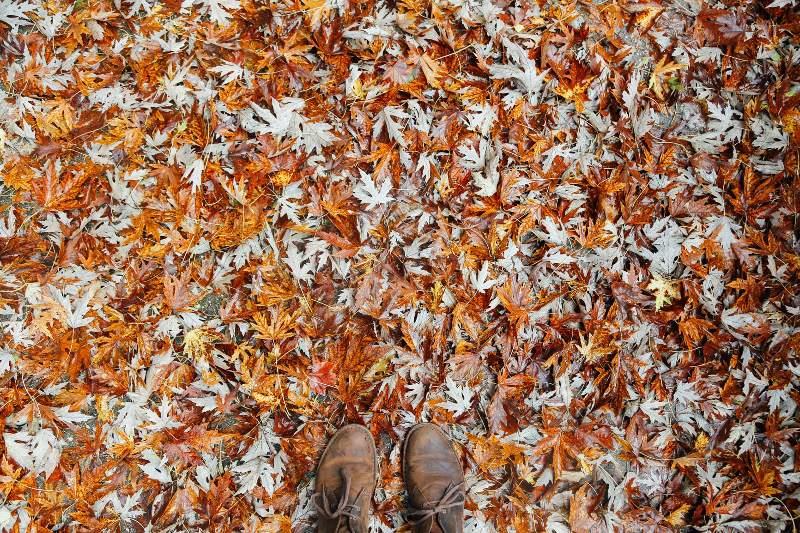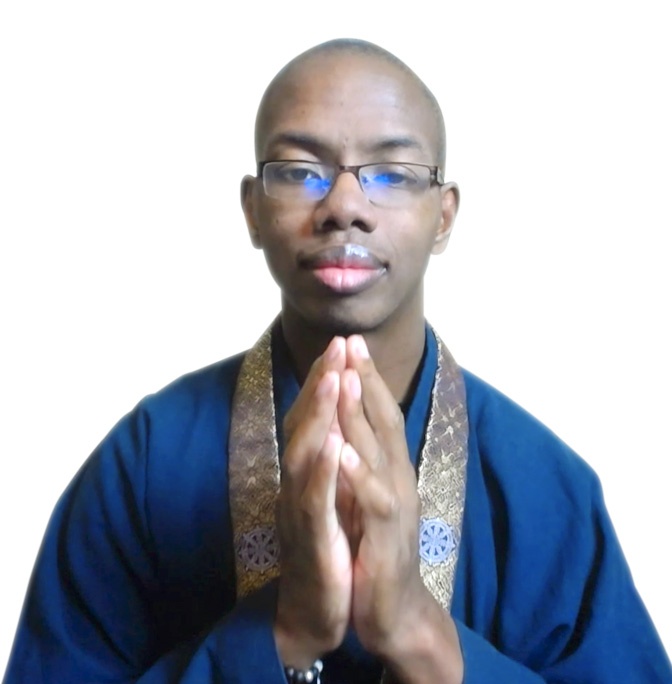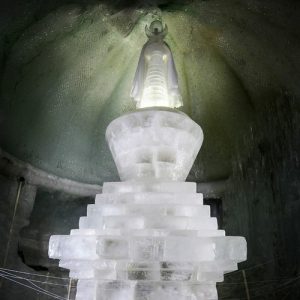
Every year, autumn comes to my small corner of the world and I watch my neighbors engage in the strange ritual of raking and bagging the leaves in their yards. I say strange because it’s a pointless exercise. In fact, it can be downright harmful in certain contexts. There are a host of insects and earthworms that depend on leaf matter to keep soil temperatures warm in the winter, and trees rely on the deteriorated, fallen leaves to fertilize the soil.
When we remove the dead leaves from our yards, this can result in the soil becoming malnourished, the trees becoming less healthy, and much of the soil’s microbiome being killed. In addition, more waste ends up in landfills and we create a lot of unnecessary work for ourselves with all of the time and energy required to rake and bag the leaves. And more than that, we create a lot of unnecessary suffering for ourselves and other sentient beings.
The reason we do this can be found in the teaching of the five aggregates. Simply put, our experience of reality can be broken down into five aggregates:
1. Form
2. Perception
3. Sensation
4. Mental transformation
5. Consciousness
At the most basic level, we suffer due to our attachment to the five aggregates. For example, if we are sitting in our living room and our neighbor across the street plays loud music, we may experience three of the five aggregates:
Perception: loud music
Sensation: unpleasant
Mental transformation: “Why can’t he play his music at a reasonable volume like a normal person!”
In that moment, we experience suffering. However, it’s important to note that the suffering isn’t coming from the loud music. The suffering is coming from our attachment to the aggregates that were generated by the loud music.
Buddhist practices, such as meditation and chanting, help us break our attachment to the aggregates and the suffering that comes with them by bringing our attention to a single point of concentration. During seated meditation, this might be the breath. During chanting, this might be an image of the Buddha or the sound of the chanting in our ears. But as we engage in these practices our attachment to the aggregates fades and our suffering fades with it.
So what does this have to do with raking leaves?
The aggregate of consciousness is created by the amalgamation of the other four aggregates. That is to say our thoughts, feelings, and perceptions of the world around us give us a sense of self. They make us feel real.
In order to maintain the aggregate of consciousness and the feeling of selfhood that goes with it, it is not uncommon for people to create problems for themselves either consciously or unconsciously. That’s why we do things like rake leaves in autumn when nature can deal with them free of our intervention. It gives us something to do. It’s a problem that needs to be solved, and it is only by maintaining our list of problems that we can maintain our sense of self.
It is for this reason that we often cling to the causes of our suffering. We don’t want to suffer, per se. But we also don’t want to give up the feeling that comes with being at the center of drama. So, we seek it out. Sometimes this will look like yard work. But it could just as easily be doom-scrolling on social media or arguing with a co-worker about politics. The goal isn’t to solve a problem. The goal is to have a problem that needs to be solved.
This is why the Buddhist practice of seated meditation is so difficult. In theory, it should be the easiest thing in the world. We just need to sit quietly on our cushions without moving until our practice period is over. But there are no problems that need our attention when we’re sitting. Thus our mind is starved of the inputs required to maintain our illusory sense of self. So it starts looking for problems.
It might replay conversations we had earlier that day, dredging up all the emotions that were involved. Or the mind might create a long list of other things that we could be doing if only we weren’t sitting on the cushion. The key thing to remember in these moments is if we try to “solve” the problem of our thoughts by making them go away, we only increase our attachments to the aggregates. And we increase our suffering in the process.
However, we can learn to just sit quietly, bringing our focus back to our breath over and over again. As we do this, our attachment to form, perception, sensation, and mental transformations will slowly fade until our attachment to consciousness fades as well. In that moment, the mind/body will fall away and there will be nothing left but Buddha.
Namu Amida Butsu
Related features from BDG
Doing What Has to Be Done
We Are the Flowers in the Garden
At the Dog Park: Rejoicing in our Common Roots of Good and Evil
A Little Liberation Can Go a Long Way—The Four Noble Truths in Daily Life: Part Three













I am form nepal i want exhibition in buddhist form canada and usa